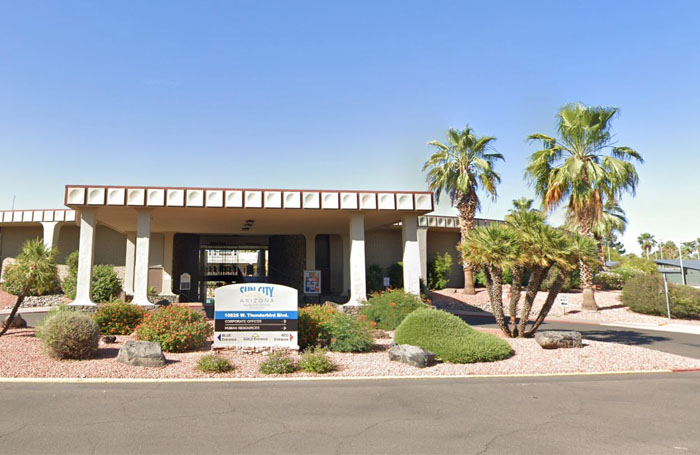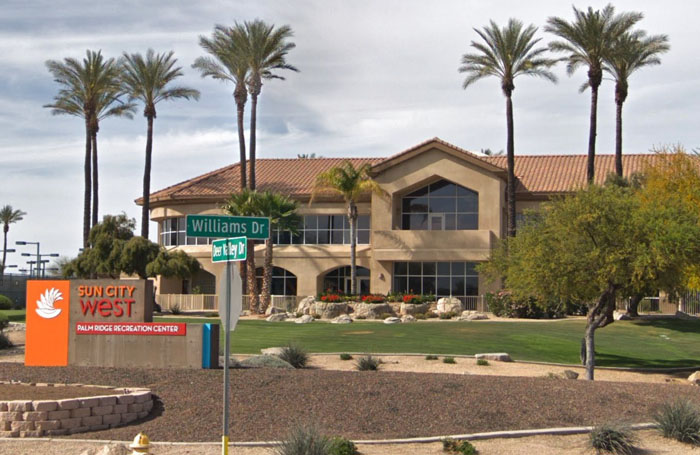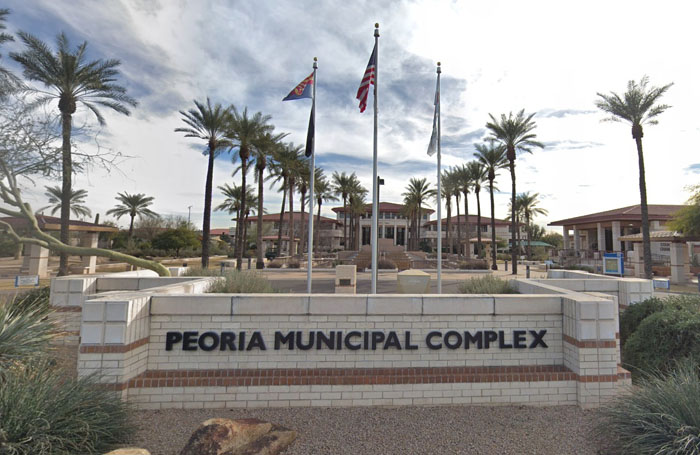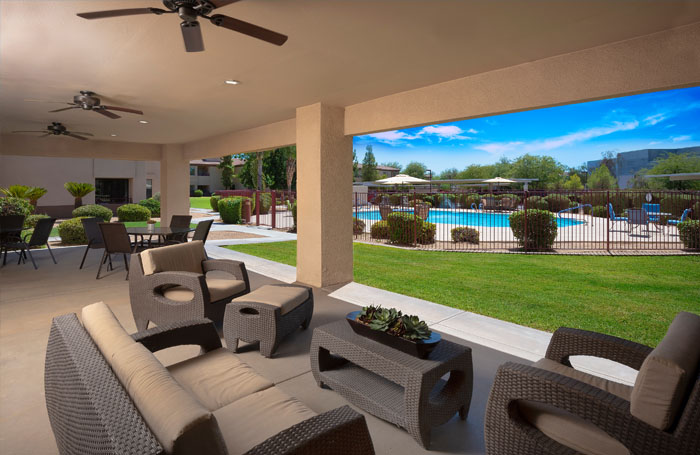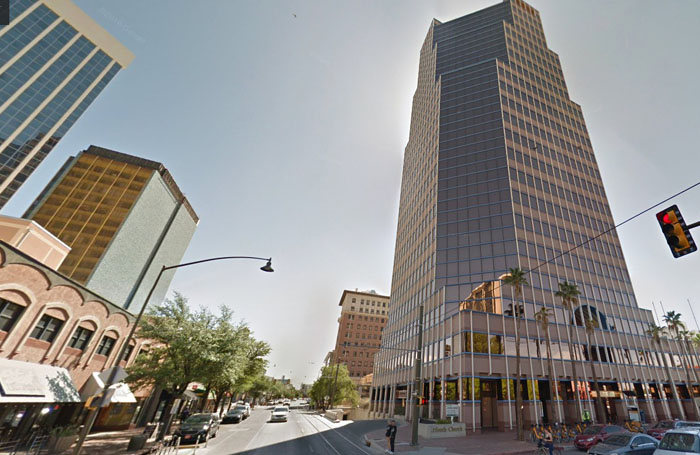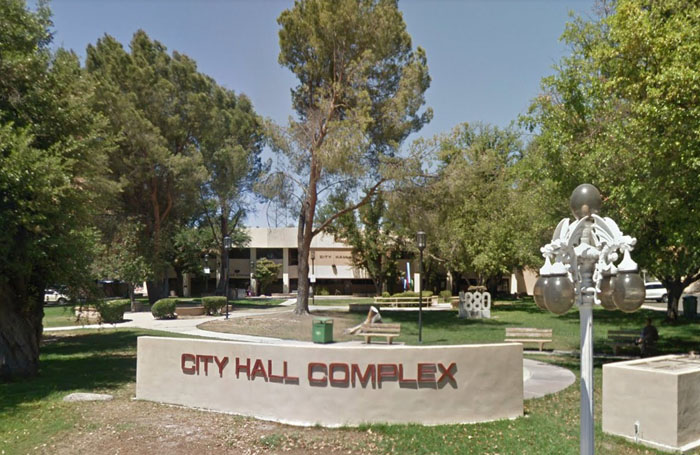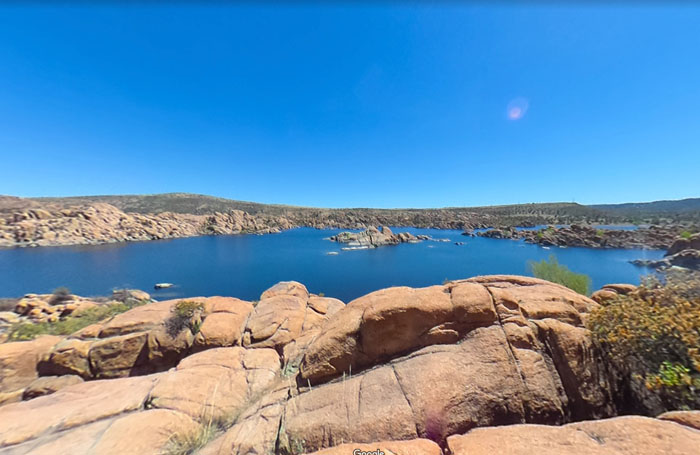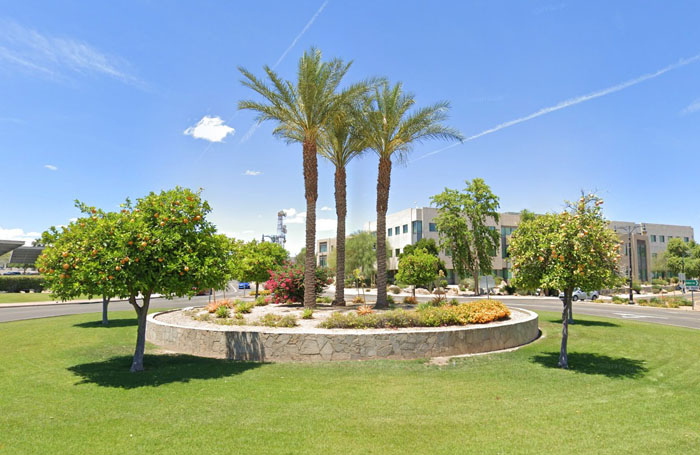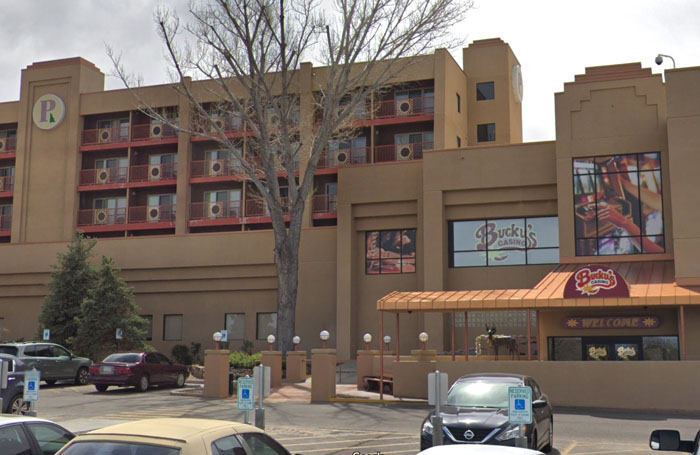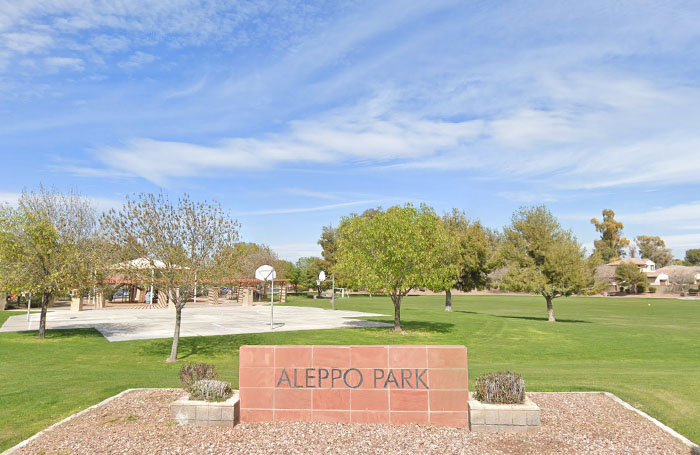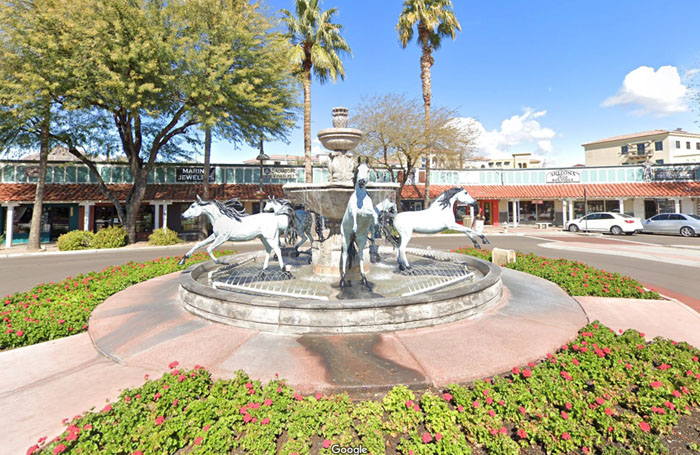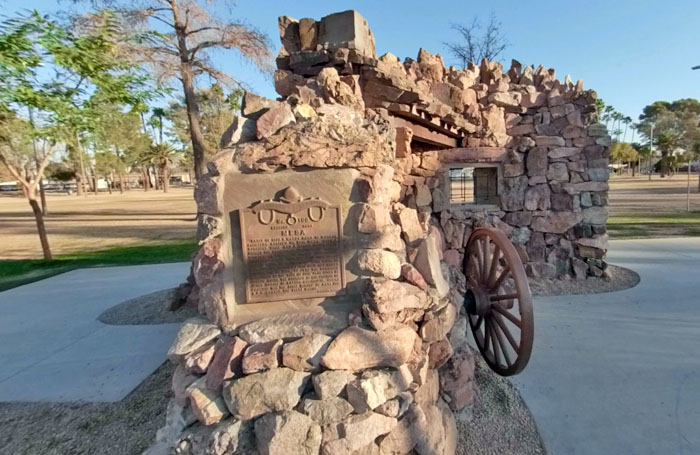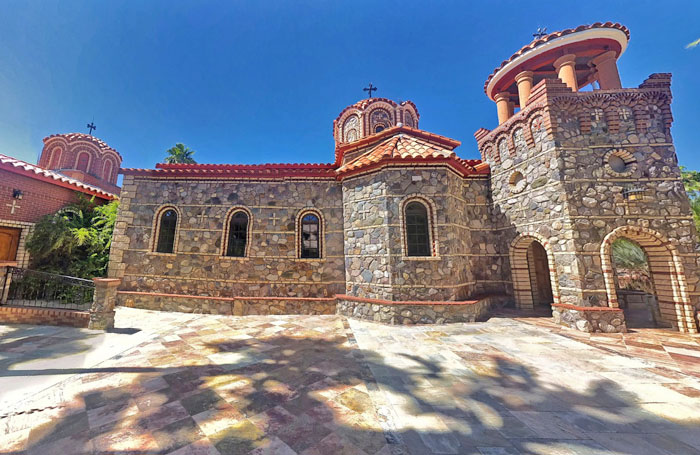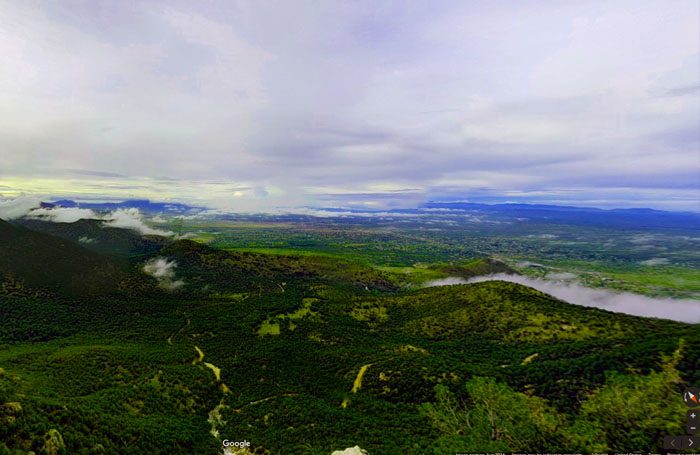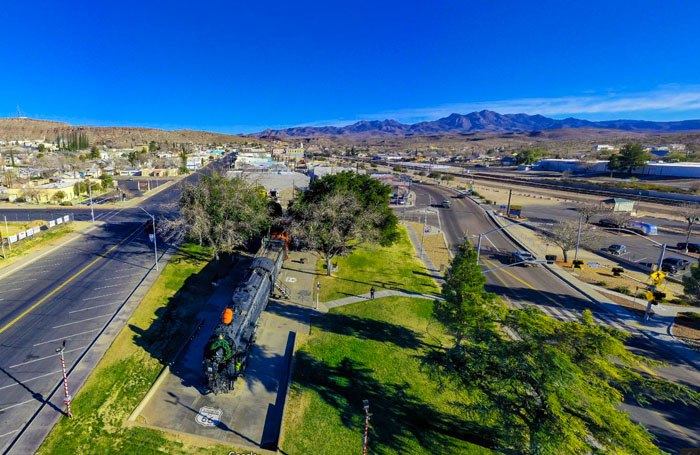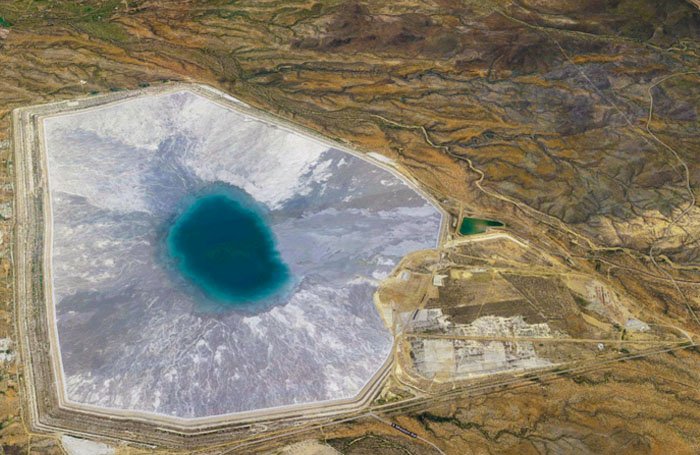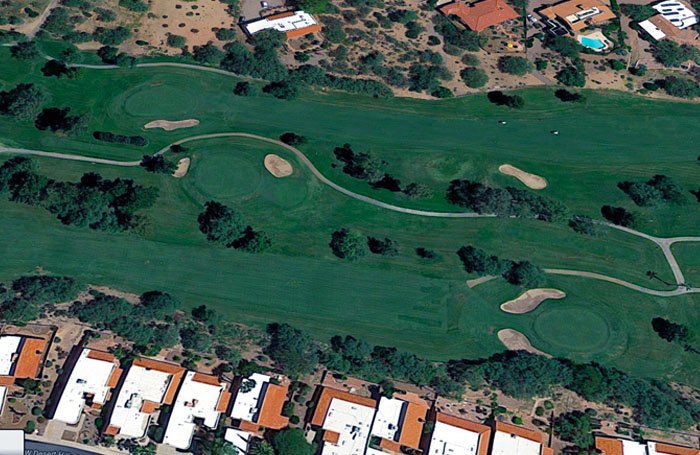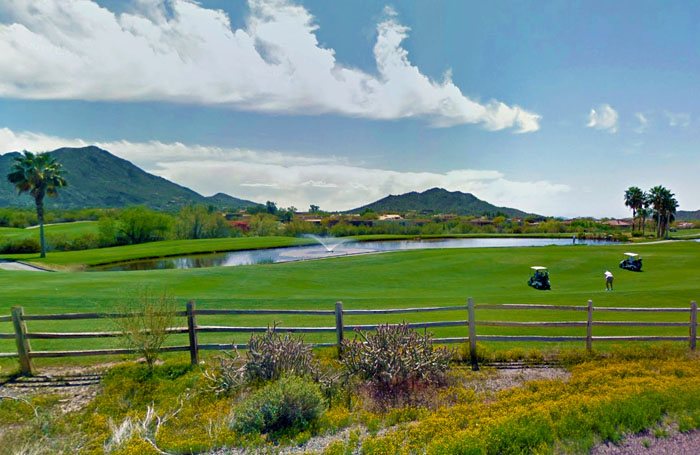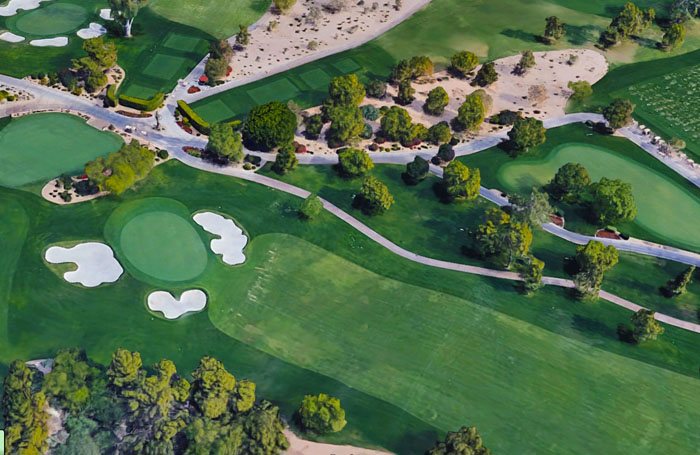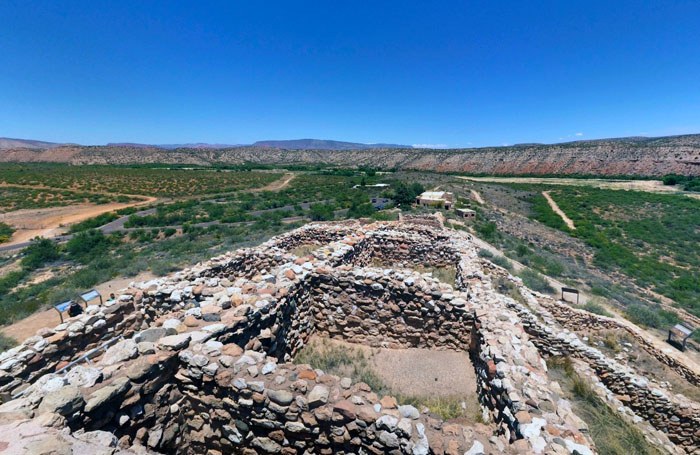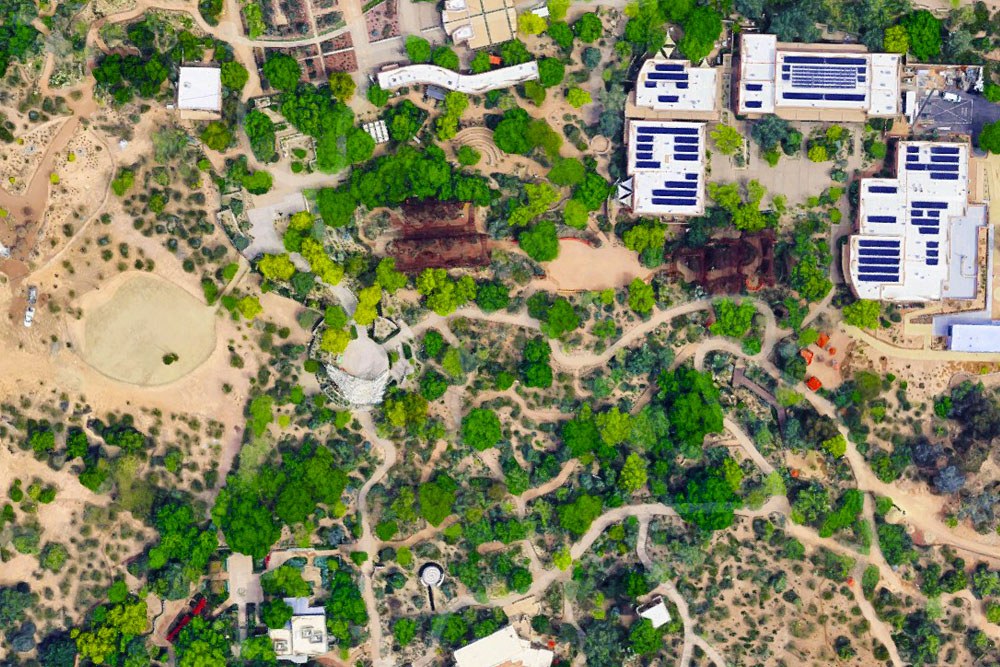-
Golden Valley, Arizona
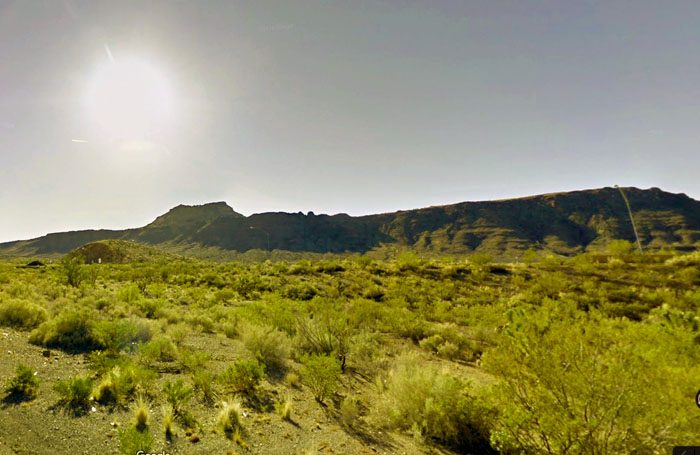
In the heart of Mohave County, Golden Valley is a quiet town but close enough to the cities of Kingman and Bullhead City to have everything the senior needs within a short drive. It is a very affordable place to live with average house prices less than $125,000. The temperatures in winter are mild and in the summer time somewhere between the mid 70’s and mid 90’s with the occasional high in excess of 100 degrees.
Golden Valley is situated in the desert and there are still plenty of undeveloped areas in the city and its surroundings. if you are looking to buy land and develop it, Golden Valley is definitely worth checking out. It is definitely a place for the active senior who enjoys rural life and is not dependent on having large shopping, dining and medical facilities on their doorstep.
-
Sedona, Arizona

Sedona Arizona is a well-known tourist destination, hosting many activities and sights to see for retirees. For example, Sedona is most known for their “Red Rocks“, which were seen in countless western films like, Jimmy Stewart’s “Broken Arrow”. The color effects displayed on the sandstone rocks during the sunrises and sunsets in Sedona are amazing! This beauty coupled with moderate climates and mountains that stretch for miles has made Sedona one of the most sought after retirement communities in the United States and one of the best places to live in Arizona for Seniors.
According to at least one source, Sedona Arizona is actually rated as one of the top 20 retirement destinations in the country. The arts and hiking are of the most notable here. Many music and film events such as the International Film Festival are hosted in Sedona, but most choose Sedona for its beautiful setting and warm climate.
Best Retirement Community in Sedona, AZ
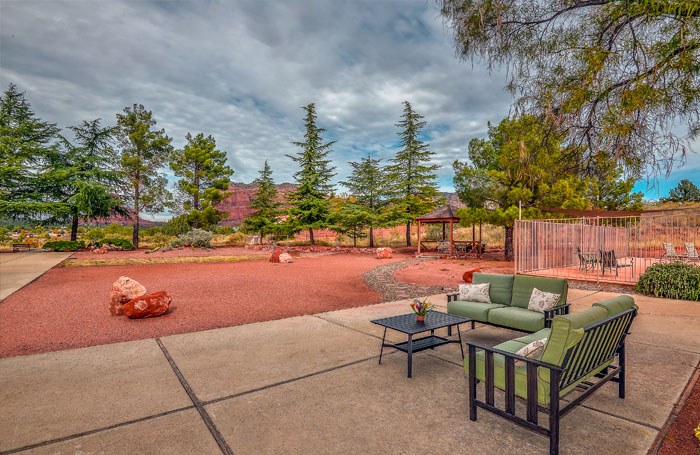
Sedona Winds is the best retirement community in Sedona Arizona offering Assisted Living, Senior Independent Living, and Memory Care. Call Sedona Winds Retirement Community today at (928) 284-1021! Sedona Winds offers a plethora of amenity packages, activities, and retirement home floor plans to choose from.
-
Youngtown, Arizona

Youngtown Arizona is the home of the oldest retirement community in Arizona and in the United States of America. Youngtown relinquished its age restriction in 1999. Since then, Youngtown’s demographics evolved quickly making this town must-see if you are visiting the Phoenix Valley in search of retirement communities.
Youngtown sits right in between Olive Avenue and Grand Avenue on the south side. Youngtown is located around many great amenities and is a little over 30 minutes away from the downtown area in Phoenix. Freeway Access: Youngtown is close to the 303 and 101 freeways ensuring easy access to entertainment, sporting events, shopping, restaurants, and recreation. Due to its compact size, Youngtown Arizona is a perfect retirement community for bicycling and walking.
Best Retirement Community in Youngtown, AZ
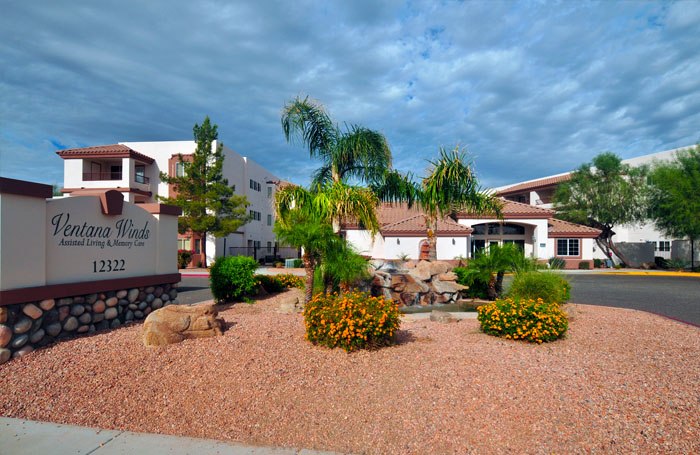
Ventana Winds is the best retirement community in Sun City / Youngtown Arizona that offers Assisted Living, Pathway Assisted Living & Memory Care services. Call Ventana Winds Retirement Community Today at (623) 583-2460!
-
Surprise, Arizona

Surprise Arizona is located 45 minutes away from Phoenix, Surprise connects all aspects of your life including recreation, family, and work. Surprise is a charming community that is surrounded by the open Sonoran Desert, a regional lake, and mountain parklands.
Surprise neighborhoods are distinctive, clean, and unique. 9 out of 10 Surprise residents recommend Surprise to start a business. Surprise Arizona was founded by Flora Mae Statler in 1938. In 1938 Peoria was just 1 single square mile of farmland. In 2013, Surprise has grown to 120,000+ people in 2013. Statler’s daughter was convinced that she thought Surprise would never really amount to much.
Best Retirement Community in Suprise, AZ
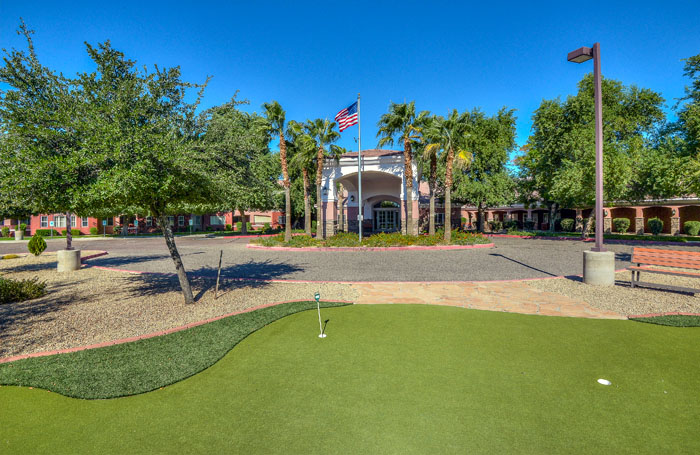
Chaparral Winds is the best retirement community in Surprise Arizona that offers Independent Living, Assisted Living, & Memory Care services. Call Chaparral Winds Retirement Community today at (623) 544-4777!
Chaparral Winds Retirement Community is located on the border of Surprise Arizona and Sun City. Their retirement community offers many options to meet all of your retirement needs. They are conveniently located next to everything one might need including terrific restaurants, great shopping, cultural centers, golf courses, medical offices, and sports arenas.








